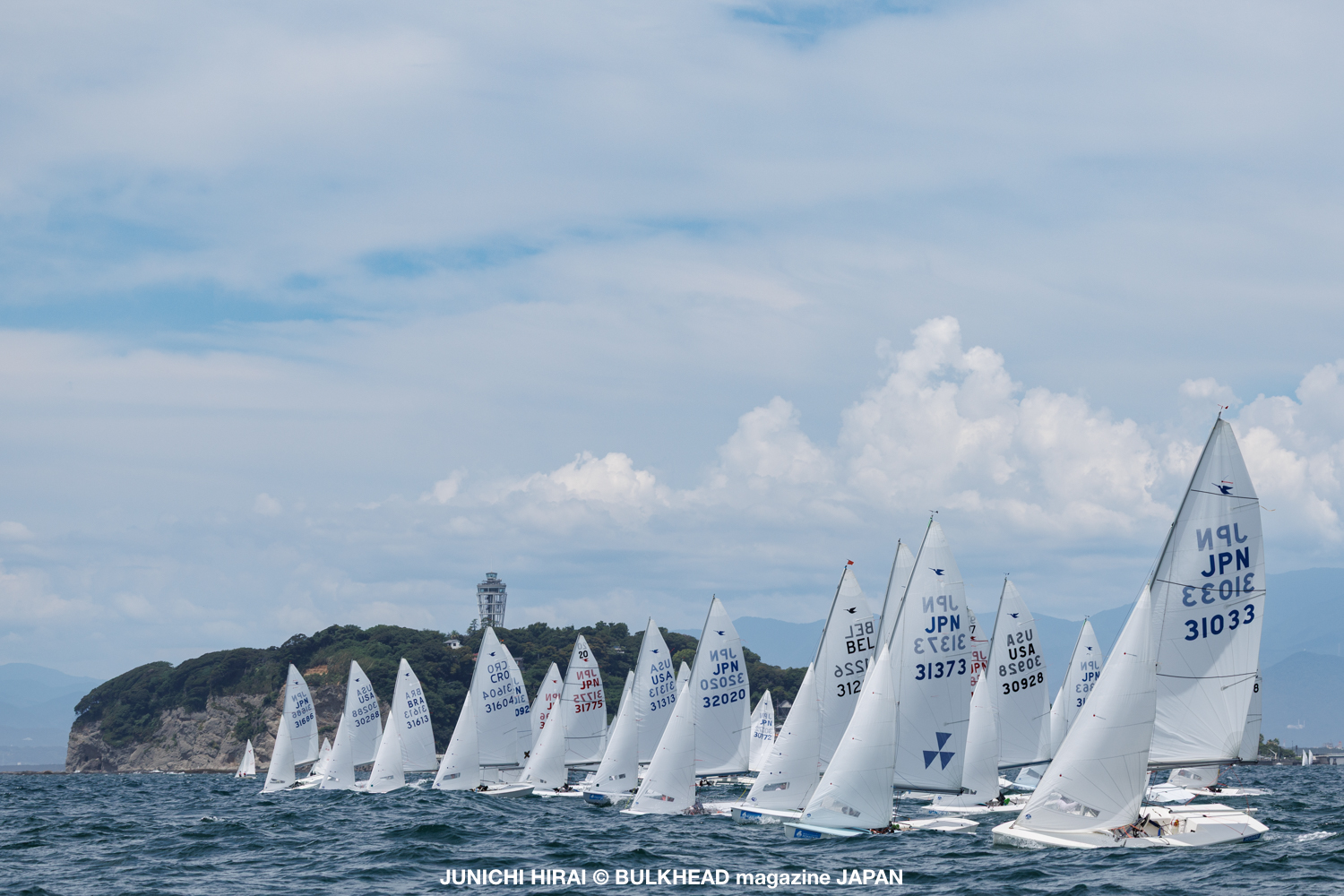Understanding the Snipe Class: Officers and Board of Governors (Part I)
If the heart of the Class lies in the Fleets, and if the National Secretaries act as liaison and coordination officers between local instances and continental or world decisions, at the international level, the Class is administered by the Board of Governors.

If the heart of the Class lies in the Fleets, and if the National Secretaries act as liaison and coordination officers between local instances and continental or world decisions, at the international level, the Class is administered by the Board of Governors.
Like a multinational company, the Snipe Class International Racing Association (SCIRA) has a Board. However, the Constitution distinguishes between the Officers (Section 22) and the Board(Section 23).
The terms Officers and Board of Governors in an association (often a non-profit organization or a corporation in the broader sense) refer to two distinct leadership groups with complementary roles. It is important to note that the Officers also serve as part of the Board of Governors.
The Officers are the Commodore, the Vice Commodore, and the Executive Director.
Board Members are divided into two categories:
- Voting Members: Commodore, Vice Commodore, Chairman of the Technical Committee, the General Secretary for Europe, the General Secretary for the Western Hemisphere & Asia, the Secretary, and the Treasurer.
- Non-Voting Members: There shall be three (3) additional members comprised of Legal Counsel, WS Representative, and Executive Director.
Before analyzing the various roles and the methods of selection and election, it is necessary to understand the typical difference between Officers and the Board in an association:
Officers (Execution)
Officers are the individuals with executive roles who are responsible for the day-to-day management and operations of the association. They are often viewed as the legal representatives of the organization for their operational scope. Their duty is the Execution of the policies and strategies established by the Board of Governors (or Board of Directors/Trustees). They are tasked with handling the organization’s daily activities.
Function: Execution, daily management, and implementation of policies.
Board of Governors (Strategy)
The Board has a different role; it has a so-called “political” role. Normally, in an association, the role is: To establish the strategic direction and mission of the association, oversee general management, and ensure the organization operates ethically, legally, and in line with its goals.
Function: Supervision, defining the mission and general policies.
To make a somewhat crude summary, we could say that the Board is the Parliament that defines the laws and strategies, and the Officers are the Government.
Detailing the Officers
1. The Commodore
In our association, the Chief Executive Officer (or what would be referred to as the President in a typical association) is the Commodore, the highest-level executive figure, responsible for overall management and achieving objectives. (Constitution Section 22.1). Duties of the Commodore include: appointing a Nominating Committee, a chairman of the Long-Range Planning Committee and other standing committees. The Commodore shall be the chief executive officer of the Association and shall enforce its laws and execute the orders and policies promulgated by the Board of Governors.
2. The Vice Commodore
The Vice Commodore corresponds to what is called the Vice-President (or in some cases the COO) among “landlubbers.” According to our Constitution Section 22.2, the Vice Commodore has specific duties:
The Vice Commodore shall be the chairman of the Promotion Committee and shall take over the duties of Commodore if the Commodore becomes incapacitated. The Vice Commodore will also oversee the location of future World championship regattas.
3. The Executive Director (ED)
The Executive Director (ED) is a crucial figure in many associations, particularly in non-profit organizations. Their role typically positions them as the senior operating officer or chief paid staff member. In our association, the ED has a “secretarial” role: maintaining records, minutes of Board meetings, and handling formal compliance duties.
The ED must refrain from assuming a political role or attempting to influence the Board’s decisions, although they should, with their expected knowledge of the Constitution and Class Rules, advise the Board to prevent incorrect choices.
The SCIRA Constitution (Section 22.3) defines the Executive Director’s role and selection as follows:
– Elected by an absolute majority of the Board of Governors
– Serves until discharged by an absolute majority of the Board of Governors
– Maintain the files and correspondence; edit and publish the Official Rule Book, Snipe Bulletin, and other publications as prescribed by the Board or Commodore
– Shall not serve as a voting member of the Board of Governors
– Receives compensation at a rate the Board shall prescribe
– Board policy dictates a thorough annual review by a Board committee of three (3) people selected by the Commodore
– Shall attend the World Championships and should attend the European and Western Hemisphere & Orient Championship at the Commodore’s discretion
In the next article, we will extensively discuss the Board and its members, the election system for Officers and Board members, and the committees.
And then we will explain how the decision-making process works
Read also:
Leave a reply
Your email address will not be published. Your comment will be revised by the site if needed.








0 comments